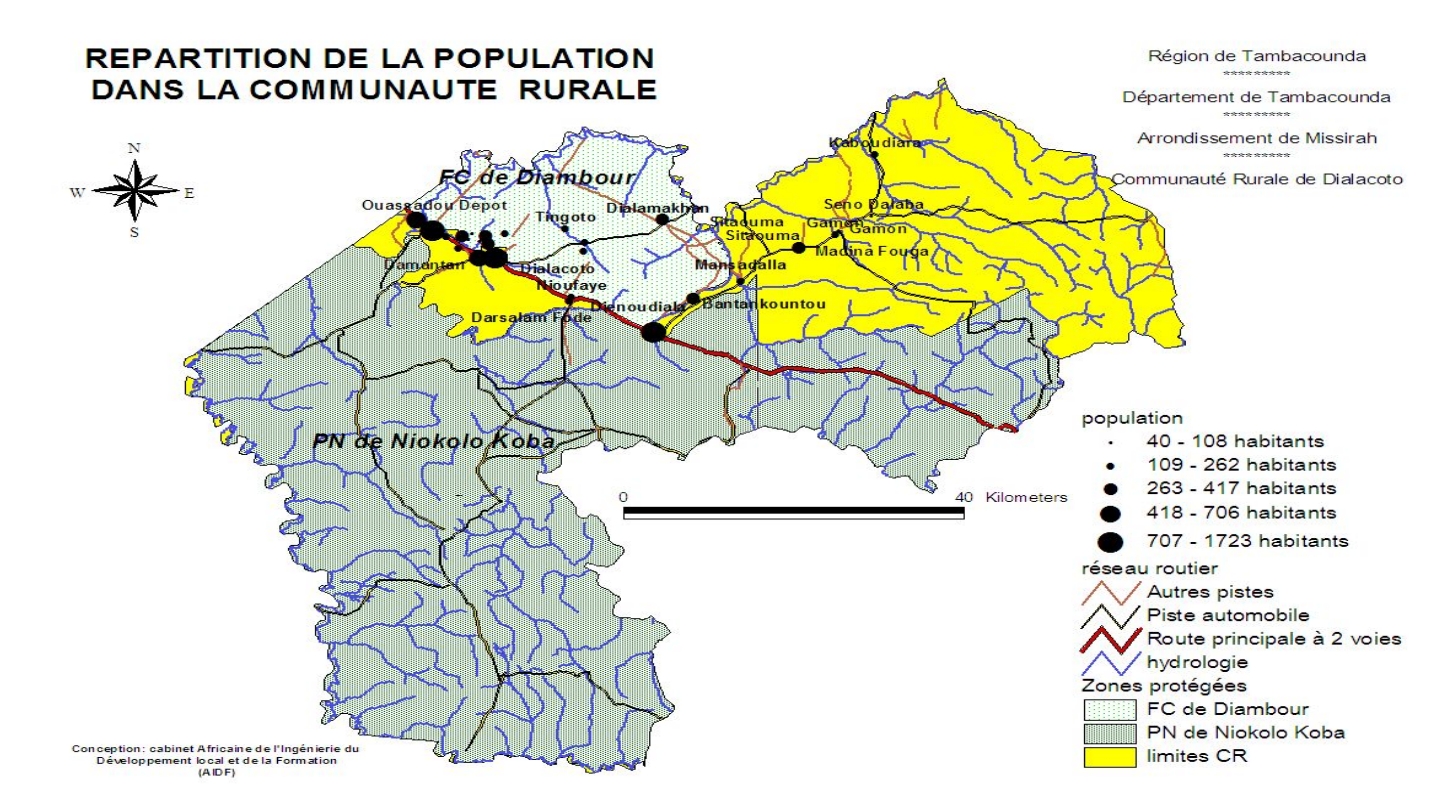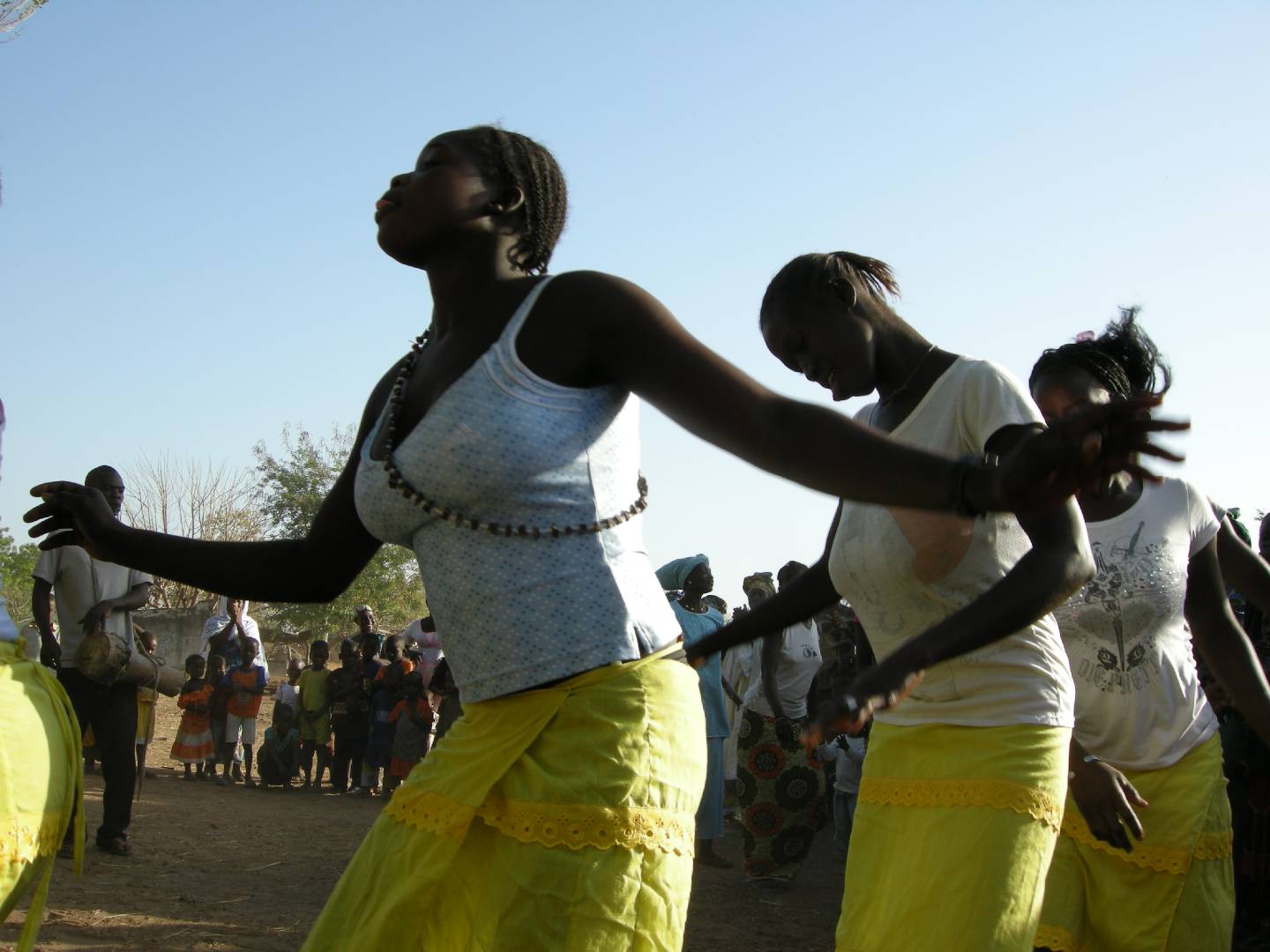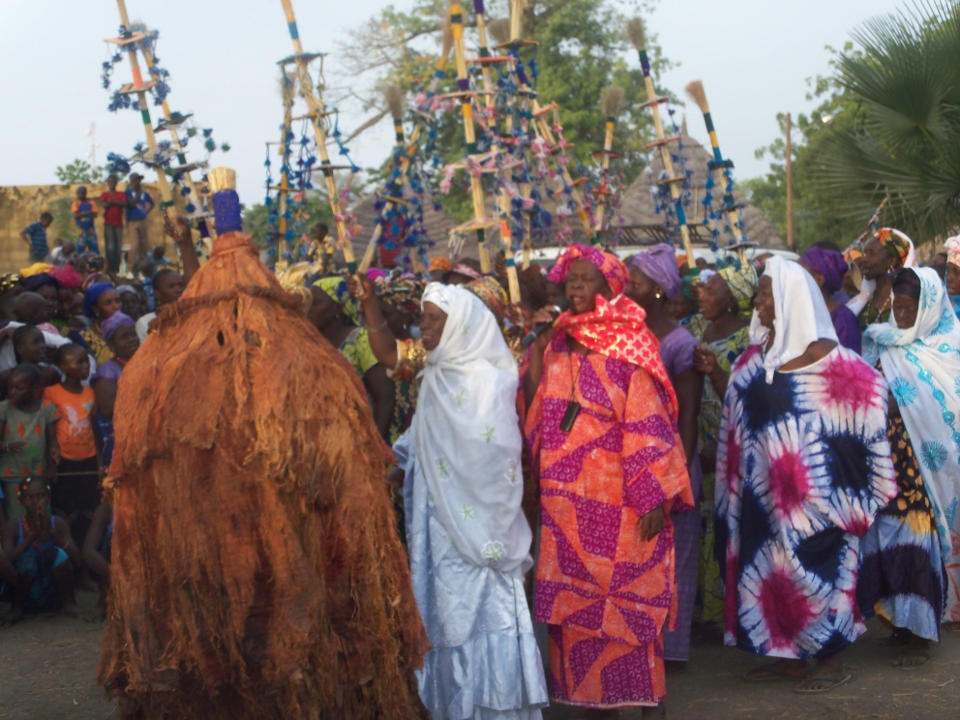
|
||
|
|
|
|
||
|
|
|
|
|
|
||
|
|
|
|
|
|
||
|
|
|
|
|
|
||
|
|
|
|
|
|
||
|
|
|
|
|
|
||
|
|
|
|
|
|
||
|
|
|
|
|
|
||
|
|
|
|
|
|
||
|
|
|
|
The origins of DialacotoDialacoto was discovered around 1681 by a Mandinka hunter called Baly Diambang, who lived in Simbandin Birassou in Casamance. Baly came to hunt in the area which is now Dialacoto; he was tired and his dogs also. He rested under four kapok trees which were growing together near a little pond. He had just begun to sleep when the dogs began to talk to each other. One of them said: "This a nice place to live because no warrior will attack here". That was the main worry of all the villages because there were many ethnic wars at that time. Baly was very smart. He understood what the dogs were saying among themselves, and several minutes later he got up and returned to Casamance after noting the features of the site. Back home he reported on his trip to the chief of the Diambang family who was Kaly Djimbotiguo Diambang. The chief mobilised his whole family to come to the region of Dialacoto. They first went to Nétéboulou to ask for permission from the local king who authorised them to stay - thus Dialacoto was born. The Community todayThe Rural Community of Dialacoto is composed of 33 villages and about 20 farming hamlets in outlying agricultural areas. The Rural Community is in the east of Senegal on the northern border of Niokolo-Koba National Park. It is bisected by national highway 7 on which lies the village of Dialacoto, the administrative seat of the Community, 73 km to the east of the regional capital of Tambacounda and 540 km from Dakar. The Rural community has a total population of 14,374 inhabitants spread over an area of 6,202 km2, giving a population density of 2 inhabitants/km2. However, Niokolo-Koba National Park and the gazetted forest of Diambour occupy a large part of the community’s territory, obliging the villages to concentrate in the north and the north east of the Rural Community (see the map below). The village of Dialacoto has 1,660 inhabitants. Three other villages have more than a thousand inhabitants, and the remaining 16 thus have less than a thousand each. The Rural Community is run by local elected officials who elect the President of the Rural Council, two deputies and the chairpersons of commissions in the areas of health, environment, education, youth and sports, culture, etc. The Rural Council adopts a local development plan and gives its advice on all development projects which concern all or part of the Rural Community. Agriculture and husbandry constitute, as is the case for the country as a whole, the principal activities for most of the local population. The cash crops are peanuts, cotton and niébé (black-eyed peas), while other crops like millet, maize, sorghum and rice are mainly reserved for family consumption. Fishing is a minor activity. Forest products (construction materials, fuel, bamboo, "rônier" (the local palm tree), jujube fruit, baobab fruit, etc.) provide nearly 50% of the average family revenue. Culture and traditionsThe villages of the Community are comprised of extended families of between one and ten households each. The title of village chief is traditionally inherited from father to son. In the absence of consensus on a succession, the new village chief is elected by the heads of household. The population of the Community includes the Mandinka, Peul, Bassari, Wolof and Serere ethnic groups. The Mandinkas are in the majority (62% including the related Diakhanké) while the Peuls represent 31% of the population. The different ethnic groups have all kept their cultures and traditions which provide a rich cultural heritage including rituals, feast days, fables and legends. The Mandinkas, for example, organise the harvest feast in October, the chicken feast (for young girls to show that they can cook a chicken), initiation rites for young boys, etc. The Dialacoto Cultural Day takes place in November or December with dance shows, traditional cooking, etc. Islam is the principal religion and is practised by 98% of the population. Christianity is practised particularly by the Bassaris. The different ethnic groups and religions live side by side in mutual respect and harmony. Visitors are most welcome in our Community. We are proud to share with you are culture and our way of life.
|



